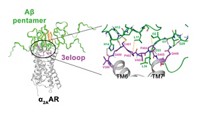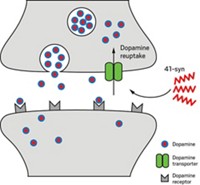Advertisement
Grab your lab coat. Let's get started
Welcome!
Welcome!
Create an account below to get 6 C&EN articles per month, receive newsletters and more - all free.
It seems this is your first time logging in online. Please enter the following information to continue.
As an ACS member you automatically get access to this site. All we need is few more details to create your reading experience.
Not you? Sign in with a different account.
Not you? Sign in with a different account.
ERROR 1
ERROR 1
ERROR 2
ERROR 2
ERROR 2
ERROR 2
ERROR 2
Password and Confirm password must match.
If you have an ACS member number, please enter it here so we can link this account to your membership. (optional)
ERROR 2
ACS values your privacy. By submitting your information, you are gaining access to C&EN and subscribing to our weekly newsletter. We use the information you provide to make your reading experience better, and we will never sell your data to third party members.
Environment
Peptide Rounds Up Amyloid-β
Potential Alzheimer's drug renders toxic amyloid-β oligomers into innocuous clumps
by Sophie L. Rovner
August 16, 2010
| A version of this story appeared in
Volume 88, Issue 33

An experimental Alzheimer’s treatment that targets and traps amyloid-β oligomers improves cognitive performance in mice used as a model for the disease, according to a study (ACS Chem. Neurosci., DOI: 10.1021/cn100057j). Dieter Willbold of Heinrich Heine University Düsseldorf and the Jülich Research Center, in Germany, and colleagues believe the findings support the increasingly popular theory that soluble amyloid-β oligomers, rather than insoluble fibrils and plaques, are the neurotoxic species that cause the brain disease. The researchers showed that the treatment, a peptide known as D3, binds to amyloid-β oligomers, altering their conformation and inducing them to coalesce into huge, nontoxic clumps. D3 is much less capable of binding amyloid-β monomers, Willbold says, so the treatment won’t interfere with the monomers’ normal functions, which are still unclear. Cell culture and animal assays to date have shown no toxicity for the compound, he adds. The researchers have patented the peptide in Europe and are negotiating with pharmaceutical companies interested in developing it further.






Join the conversation
Contact the reporter
Submit a Letter to the Editor for publication
Engage with us on Twitter